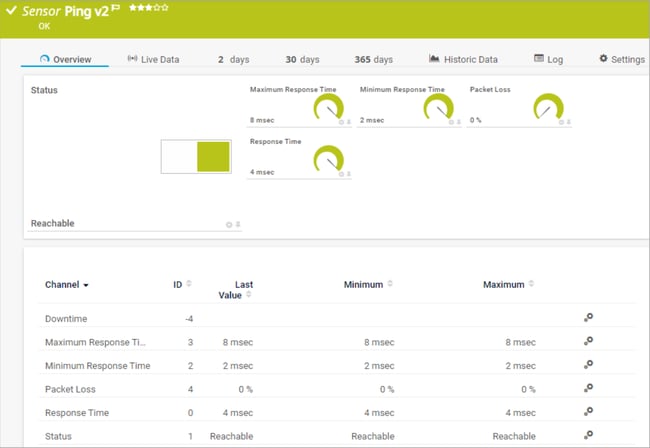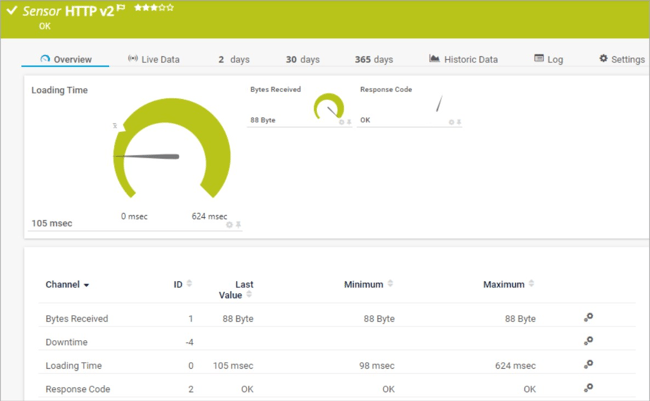Paessler PRTG 22.4.81.1532 is now available in the stable release channel and comes with the experimental Ping v2 sensor, the experimental HTTP v2 sensor, a security update, and an update for German and Spanish language files.
Overview of what's new in version 22.4.81
- We hardened PRTG against XSS attacks
- You can try out the experimental Ping v2 sensor that comes with a new setting for inverted error status
- You can try out the experimental HTTP v2 sensor that allows you to send HTTP requests and use placeholders
- Various fixes and improvements for all parts of PRTG
Let's jump into the details:
Experimental: Ping v2 sensor
With this release we introduce the experimental Ping v2 sensor. This sensor keeps the basic settings of the Ping v1 sensor and additionally has a new setting Inverted Error Status. The sensor shows a Down status if the target device is reachable when you enable this setting during sensor creation. This was only possible using a Custom sensor before.

Experimental: HTTP v2 sensor
The experimental HTTP v2 sensor that we introduce with this PRTG version allows you to send a HTTP request (HEAD, GET or POST) to a target URL and use placeholders, similar to the REST Custom v2 sensor.

... and much more
We also have several important fixes in this version for issues reported with previous versions. The CPU load on the PRTG server will stay on normal levels again even with stale remote probe connections. the FTP sensor works with connections to TLS-only ports again. We fixed an access violation that HTTP Push sensors showed in cases when port 5051 was used for an HTTPS connection with TLS. And, we adapted the Zoom Service Status sensor to changes to Zoom that resulted in channels displayed multiple times.
Please also check our PRTG release notes
In summary, PRTG 22.4.81 includes 48 resolved issues, 5 implemented features and stories, 28 bug fixes and 15 completed tasks and to-dos. For all details, have a look at our release notes page.
We also offer a public roadmap of PRTG on our website and we update it regularly. There you can read which features we are currently working on and what kind of things we want to implement in PRTG in the future.
 Published by
Published by 














